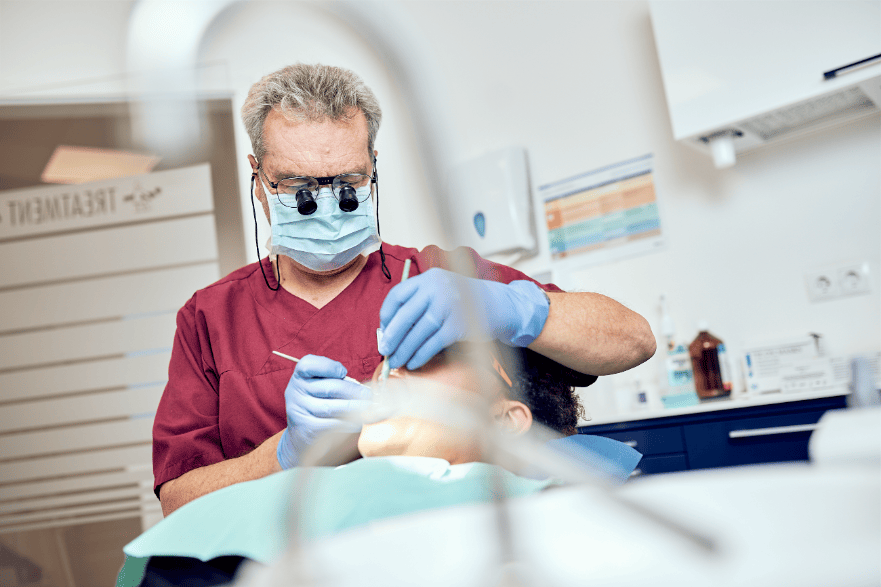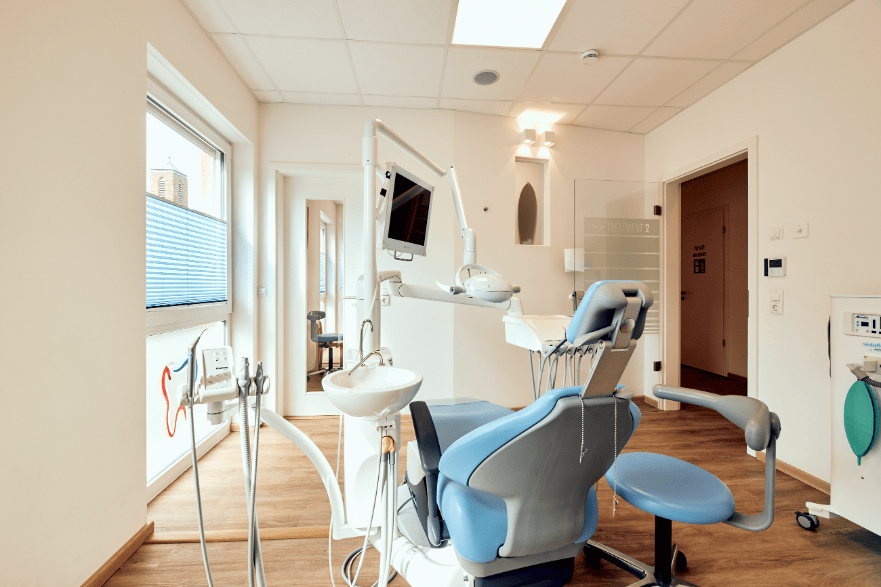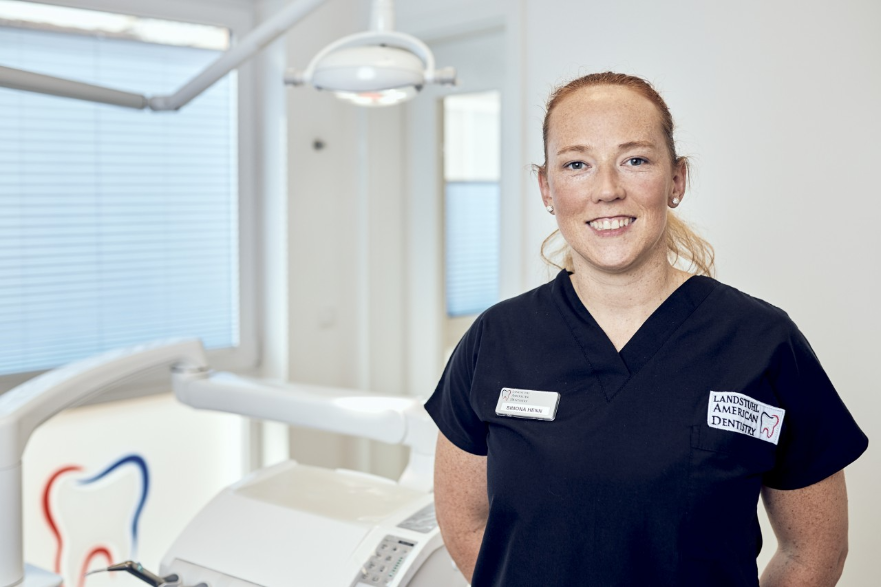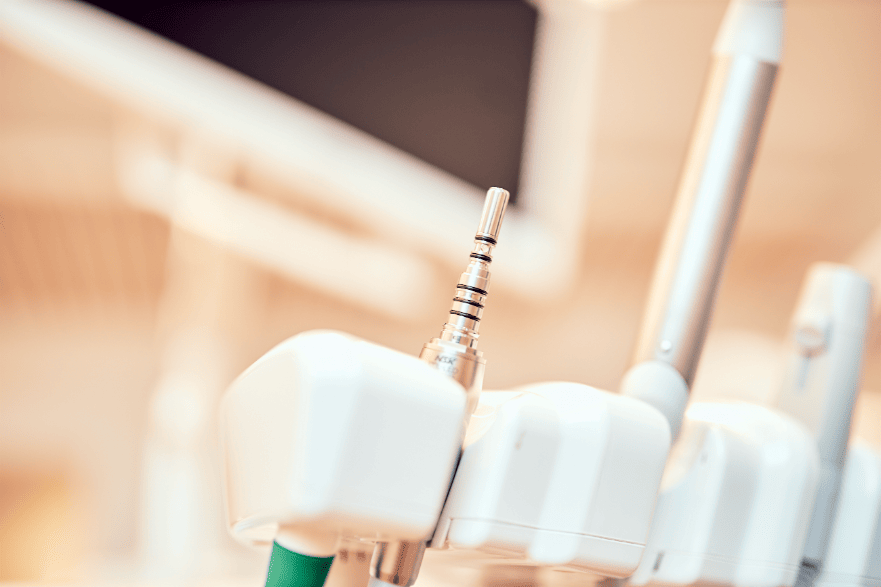Periodontitis, popularly known as periodontosis, is the inflammation or disease of the periodontium. This disease needs to be detected early to prevent it from progressing. Unfortunately, in most cases periodontitis is painless and therefore not noticeable. Periodontitis is also a serious disease because it is a contributing factor to other diseases:
diabetes, strokes, premature births, and many others. If periodontitis remains untreated, the disease spreads to the jaw bone, where it leads to bone regression – tooth loss may result.
Treatment of existing periodontal disease is usually performed under local anesthesia. From today’s point of view, the treatment is merely an “extended tooth cleaning” in which the root surfaces of the affected teeth are cleaned and smoothed. Then the gums can tighten and reattach. Only in rare cases is surgical intervention (open procedure) necessary.
In our dental practices in the Landstuhl and Kaiserslautern area, we place a high priority on efficient and successful periodontology.



 info@doryumu.de
info@doryumu.de
 Search
Search








